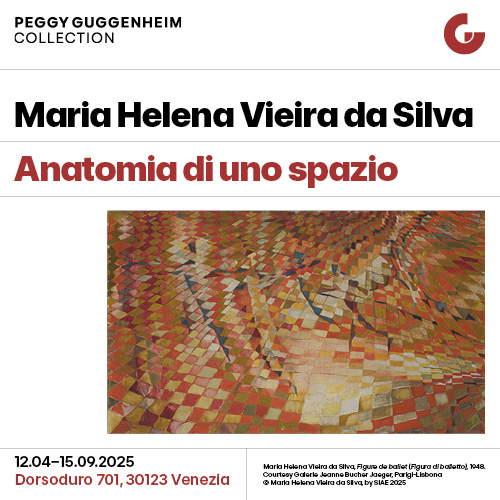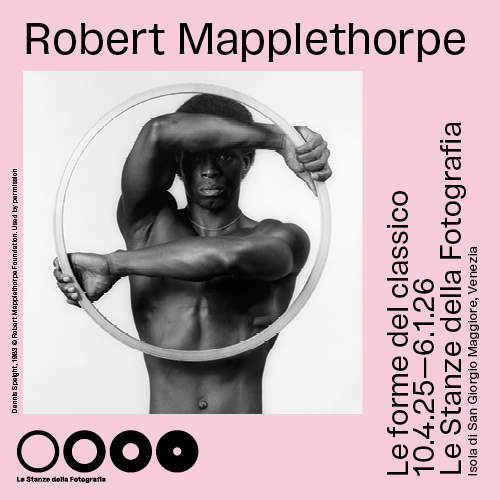Trump signs executive order on Smithsonian: "no divisive exhibits, will have to instill pride"
A new executive order signed on March 27, 2025 by President Donald Trump is causing much discussion in the United States : titled Restoring Truth and Sanity to American History (“Restoring Truth and Sanity to American History”), the order aims to remove content deemed un-American or divisive from federal cultural institutions. “Over the past decade,” reads the first article of the executive order, which defines its purposes, “Americans have witnessed a concerted and widespread effort to rewrite our nation’s history, replacing objective facts with a distorted narrative driven by ideology rather than truth. This revisionist movement seeks to undermine the remarkable achievements of the United States by casting a negative light on its founding principles and historical milestones. In this historical revision, our nation’s unparalleled legacy of promoting freedom, individual rights and human happiness is reconstructed as inherently racist, sexist, oppressive or otherwise hopelessly flawed. Instead of promoting unity and a deeper understanding of our shared past, the widespread effort to rewrite history deepens social divisions and fuels a sense of national shame, ignoring the progress America has made and the ideals that continue to inspire millions around the world.”
The order takes particular aim at the Smithsonian, the largest museum and educational complex in the United States: in the first part, it even cites an ongoing exhibition, The Shape of Power: Stories of Race and American Sculpture, scheduled to run through Sept. 14, 2025, as an example of programming conducted by an institution that has “fallen in recent years under the influence of a divisive, race-centered ideology.” In the order, Trump writes that “museums in our nation’s capital should be places where individuals go to learn, not to be subjected to ideological indoctrination or divisive narratives that distort our shared history.” For the Smithsonian, then, the program is simple: “we will restore,” the order reads, “its rightful place as a symbol of American inspiration and greatness, igniting the imaginations of young minds, honoring the richness of American history and innovation, and instilling pride in the hearts of all Americans.”
In short, following this narrative, one could almost argue that we would be moving from one ideology to another: the order is part of the Trump administration’s broader attempt to redefine national culture through a return to a more traditional and patriotic historical narrative, opposing what the president referred to in his order as a “revisionist movement.” The direct intervention on cultural institutions represents an unprecedented move and has elicited strong reactions from historians, artists, and members of the academic community.
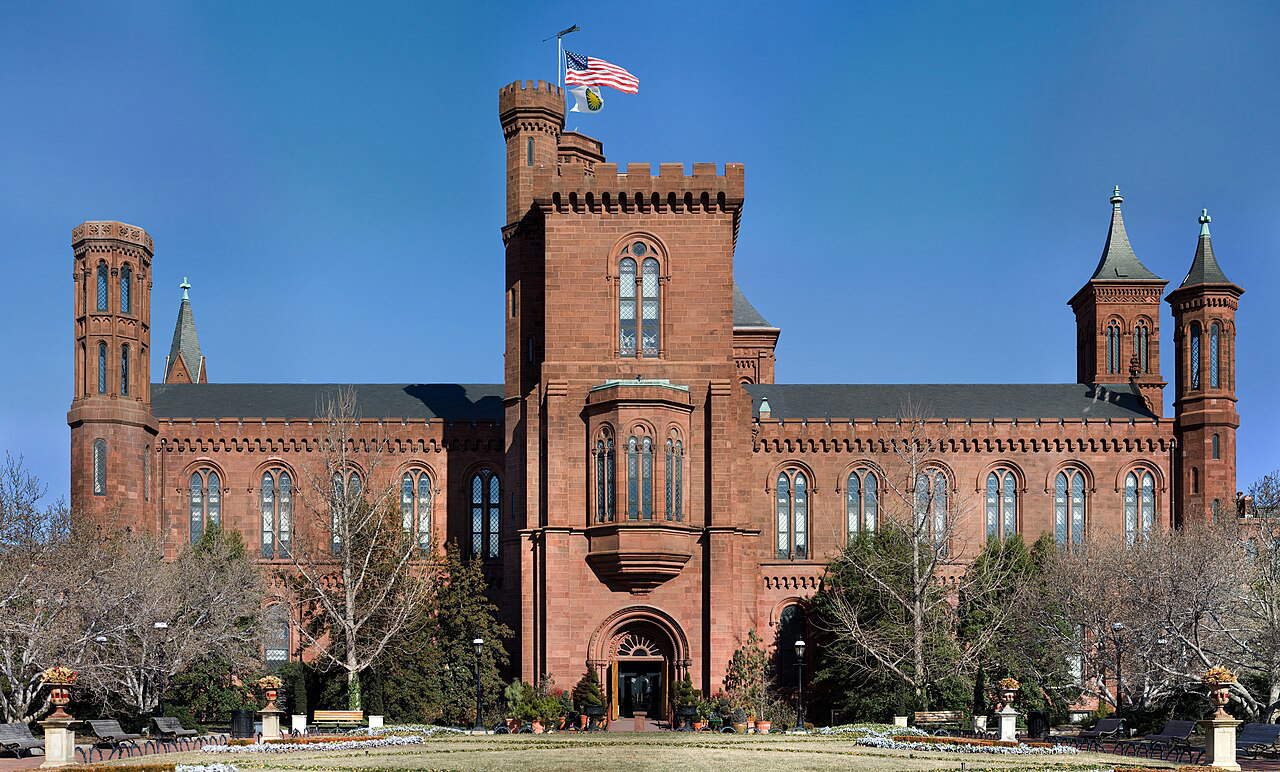
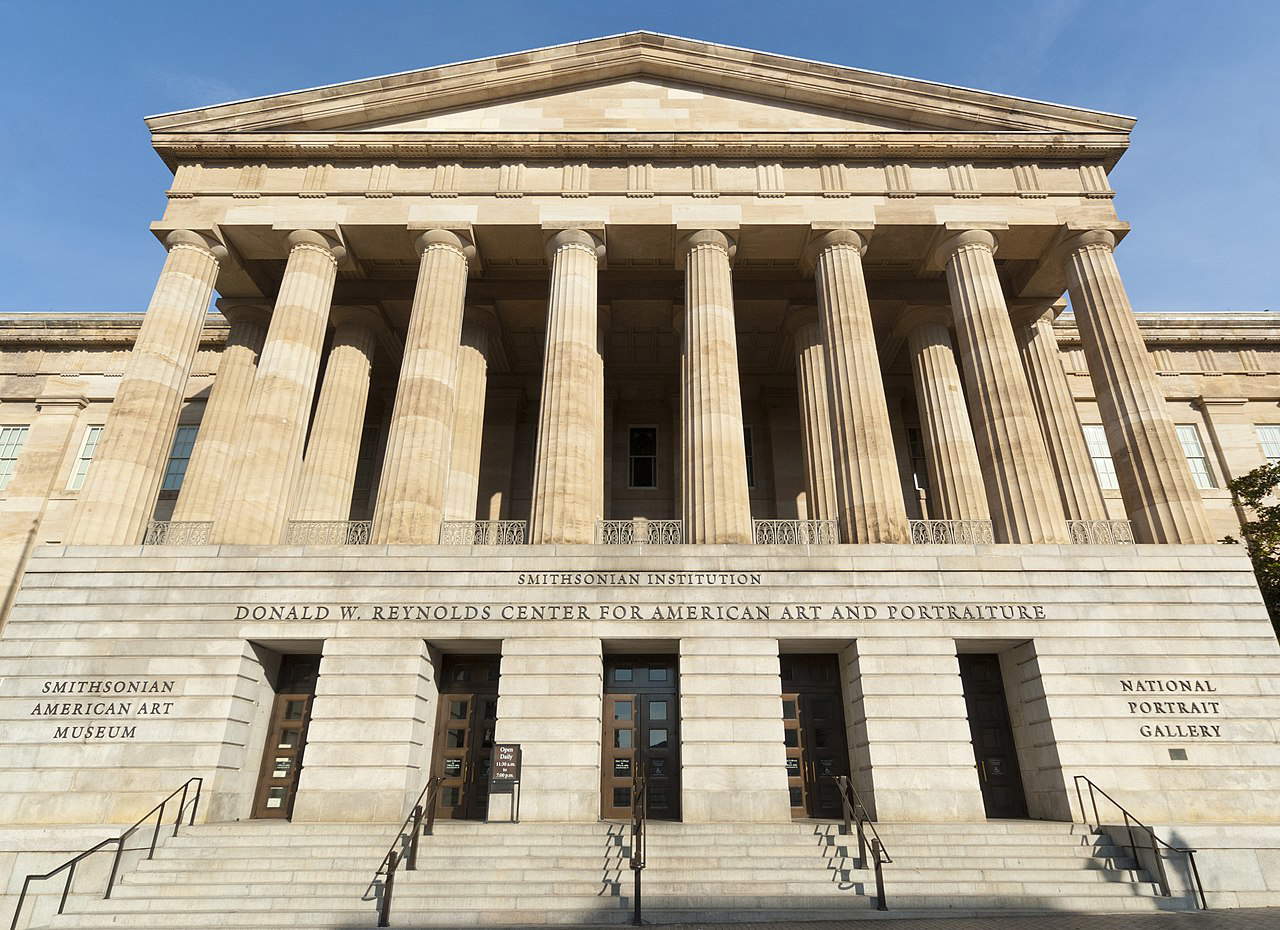
The Smithsonian Institution and control over “divisive” content
Founded in 1846 with a donation from British scientist James Smithson, the Smithsonian Institution operates more than 20 museums, galleries, and research centers and holds a collection exceeding 150 million objects. Its exhibits range from American history to art, science and popular culture.
The executive order gives new powers to Vice President JD Vance, who is also a member of the Smithsonian Board of Regents, tasking him with ensuring that future educational programs and exhibitions reflect traditional values. Article 2 of the executive order is specifically titled “Saving Our Smithsonian.” The Trump administration, as mentioned, has accused the Smithsonian of promoting a distorted view of history and overemphasizing themes related to racism, colonialism, and social inequality.
Specifically, it said that the vice president and the director of the Office of Management and Budget will have to work with Congress to ensure that future appropriations to the Smithsonian prohibit spending on exhibits or programs that “degrade shared American values, divide Americans along racial lines, or promote programs or ideologies that are inconsistent with federal law and policy,” or that “celebrate the achievements of women at the American Women’s History Museum without in any way recognizing men as women within the museum.”
Another article in the executive order also covers monuments. Specifically, the Secretary of the Interior is to determine whether, as of January 1, 2020, “public monuments, memorials, statues, headstones or property similar within the jurisdiction of the Department of the Interior have been removed or altered to perpetuate a false reconstruction of American history, inappropriately minimize the value of certain historical events or figures, or include any other improper partisan ideology,” and again must “take steps to restore pre-existing monuments, memorials, statues, markers, or similar properties, as appropriate”, and shall “take measures, where appropriate and in accordance with applicable law, to ensure that all public monuments, memorials, statues, or property similar under the jurisdiction of the Department of the Interior do not contain descriptions, depictions, or other content that inappropriately denigrates Americans past or present (including people who lived in colonial times), and focus instead on the greatness of the achievements and progress of the American people or, with regard to natural features, on the beauty, abundance, and grandeur of the American landscape.”
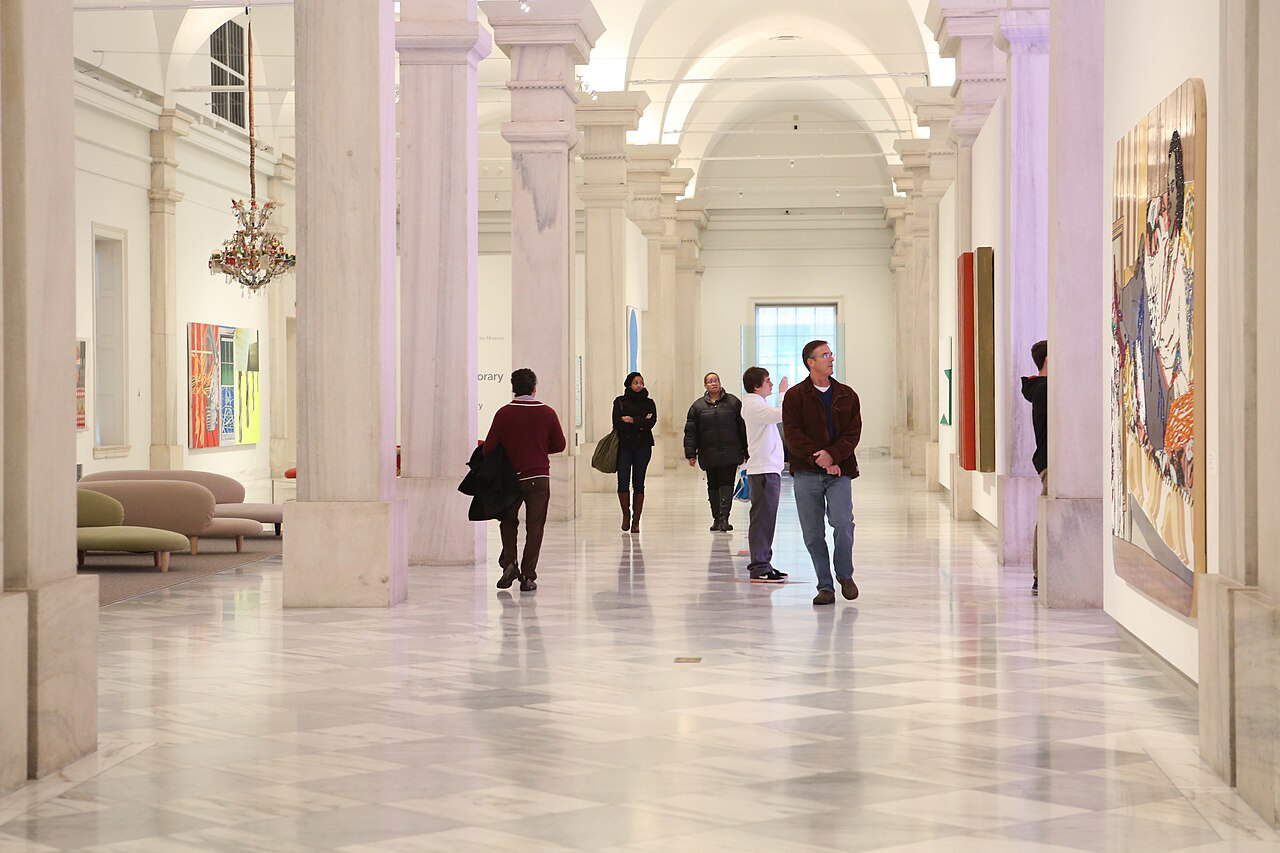
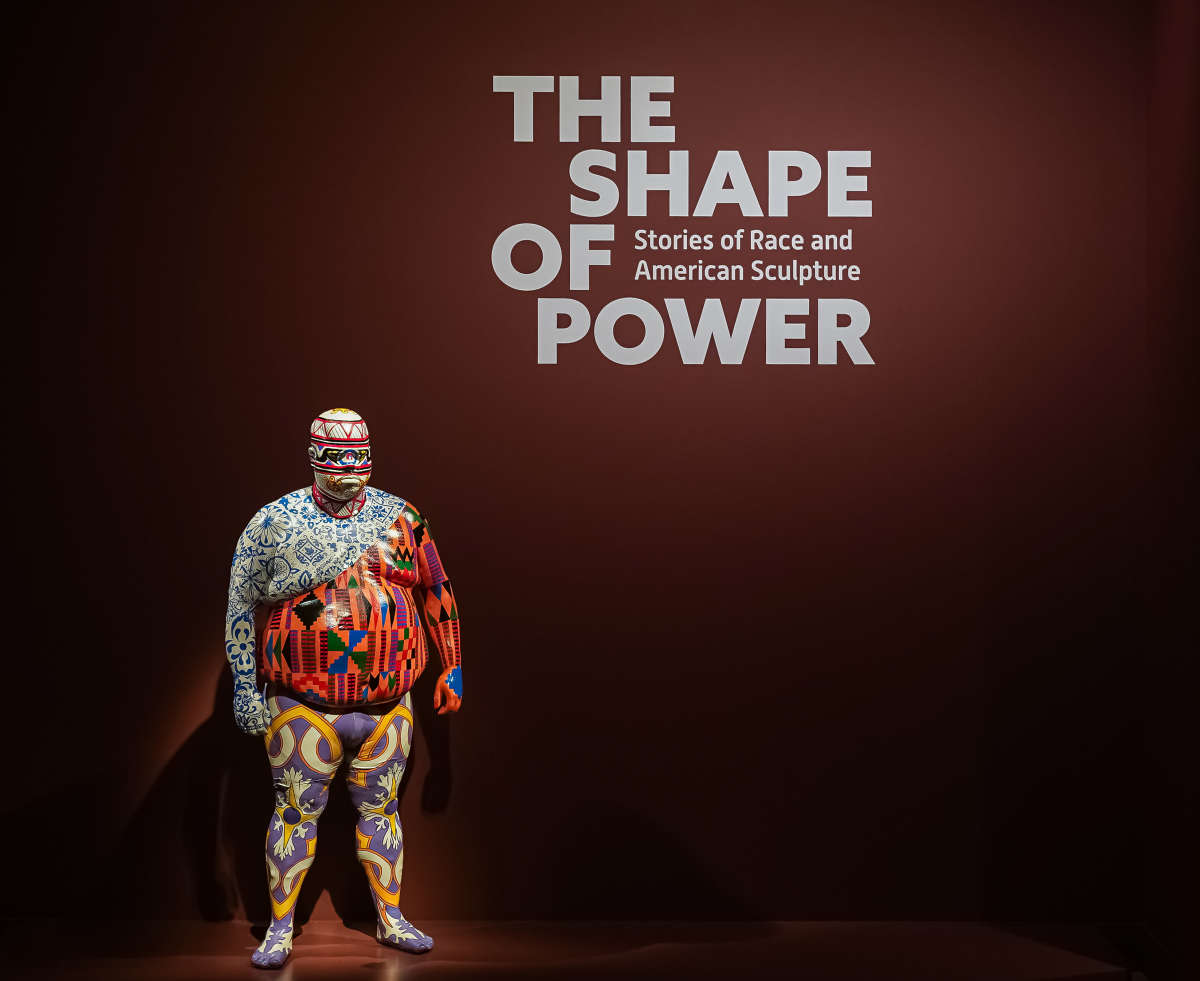
Criticism of Trump’s executive order
The executive order, as seen, calls for an analysis of current and future exhibitions to remove any content deemed unpatriotic. Although it does not specify which works or exhibits are to be removed, there are fears that the new policy could lead to a form of preemptive censorship on topics such as slavery and its impact on American society, the civil rights movement and struggles against racism, U.S. colonial history and its treatment of Native Americans, gender issues and the role of women in society, and the removal of statues and symbols related to the Confederate era.
Trump’s executive order thus represents one of the most significant federal government interventions on cultural and museum institutions in recent U.S. history. While it aims to promote a more traditional and patriotic view of history, it cannot help but generate concerns about freedom of expression, censorship, and ideological control of arts and culture. Indeed, its impact could reshape, at least for the duration of Trump’s term, the American cultural landscape, limiting historical narratives that address issues of social justice and diversity. So it remains to be seen how the Smithsonian and other institutions will respond to the new guidelines in the coming months and whether there will be litigation or protest actions against their implementation.
 |
| Trump signs executive order on Smithsonian: "no divisive exhibits, will have to instill pride" |
Warning: the translation into English of the original Italian article was created using automatic tools. We undertake to review all articles, but we do not guarantee the total absence of inaccuracies in the translation due to the program. You can find the original by clicking on the ITA button. If you find any mistake,please contact us.





